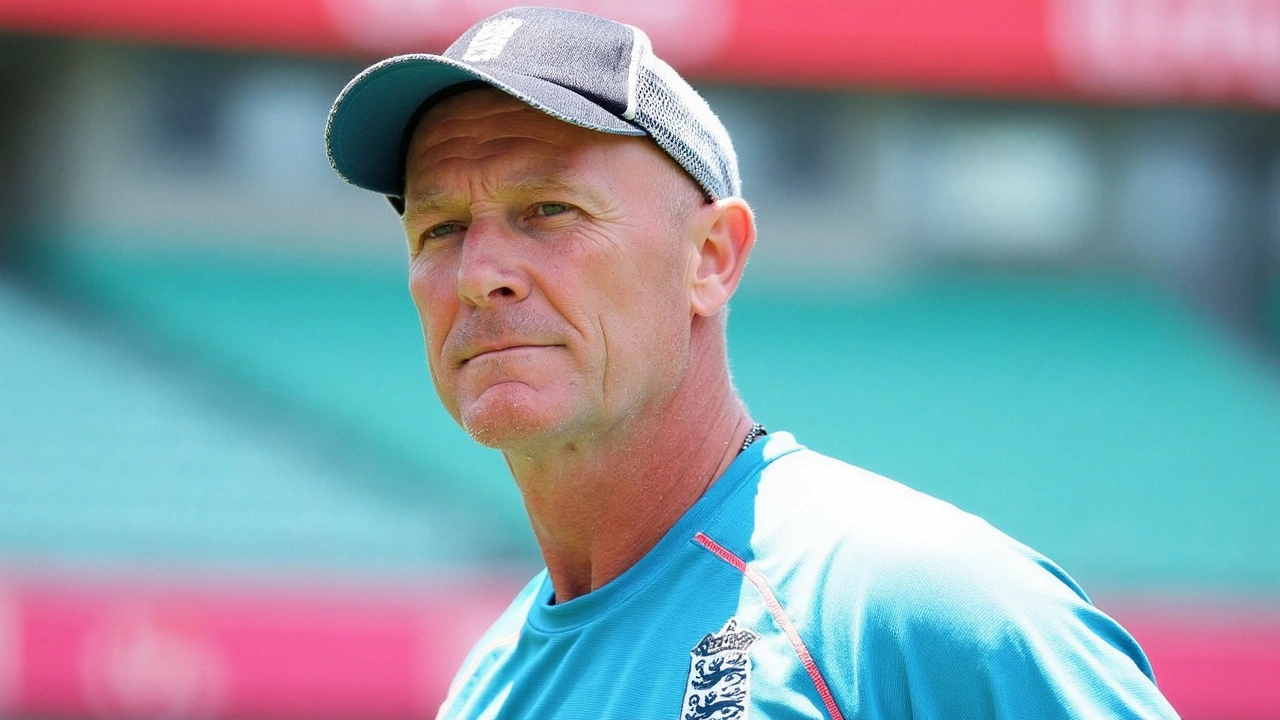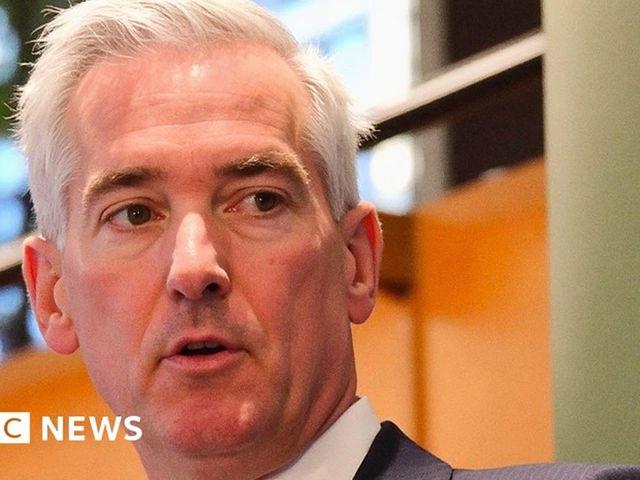Suicide Awareness and Support – What You Need to Know
Suicide is a serious public‑health issue that touches families, friends, and entire communities. Understanding the signs and knowing where to turn for help can make a life‑saving difference. This page breaks down the basics in plain language so you can spot a problem early and act confidently.
Recognizing the Warning Signs
People considering suicide often show changes that friends and relatives can notice. Look for talk of hopelessness, saying "I can't go on" or "It's better if I'm not here." Mood swings are common – sudden calm after a period of deep sadness may mean a plan is forming. Withdrawal from activities, loss of interest in hobbies, or neglecting personal care are red flags too.
Other behaviors include giving away prized possessions, saying goodbye to loved ones, or obsessively researching methods online. Increased substance use, reckless driving, or self‑harm are also warning signs. Remember, not everyone displays every sign, but a combination of these cues should raise concern.
How to Get Help Right Now
If you suspect someone is in crisis, act quickly. Talk to them directly – use a calm voice and say something like, "I’m worried about you, and I want to help." Listen without judging or offering solutions right away; just acknowledge their feelings. Reassure them that help is available and that they don’t have to face this alone.
Encourage the person to reach out to professional services. In the UK, dial 111 for non‑emergency mental‑health support or 999 if they are in immediate danger. Many charities run 24‑hour helplines, such as Samaritans (116 123) and Mind (0300 123 3393). If you’re near a hospital, go to the emergency department; staff are trained to handle suicidal crises.
While you’re waiting for professional help, stay with the person if possible. Remove easy means of self‑harm – like pills, knives, or firearms – but do this safely and without causing a confrontation. Keep the environment calm, turn off loud music, and offer water or a blanket. Remind them that thoughts of suicide are temporary, even if they feel permanent now.
After the immediate crisis, follow up. Check in daily, offer to accompany them to appointments, and help them build a support network. Encourage small, manageable goals – like a short walk, a phone call to a friend, or a hobby they once enjoyed. These steps help rebuild a sense of purpose and connection.
Lastly, take care of yourself. Supporting someone in distress can be emotionally taxing. Talk to a trusted friend, counselor, or support group about your experience. You’ll be better equipped to help if you stay healthy, both mentally and physically.
Suicide prevention starts with awareness, compassion, and swift action. By recognizing warning signs and knowing the right resources, you can be a vital link in keeping someone safe. If you or anyone you know is struggling, reach out today – help is just a phone call away.

Graham Thorpe, the legendary England Test cricketer, has died by suicide at age 55, his family confirms. Known for his grit and iconic match-saving innings, Thorpe was revered both as a player and a coach. The cricket community reflects on his immense impact and the loss of a respected figure.
Continue Reading





